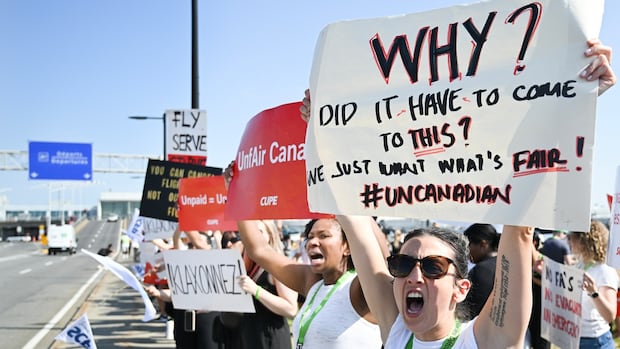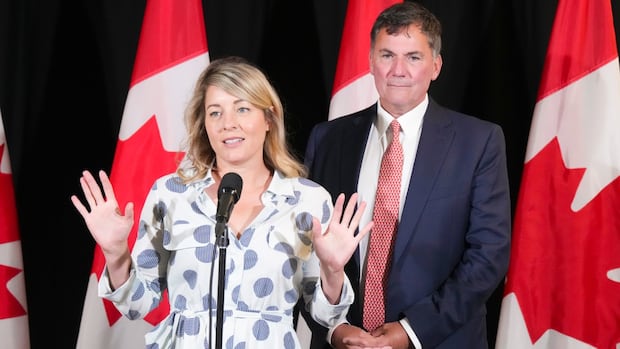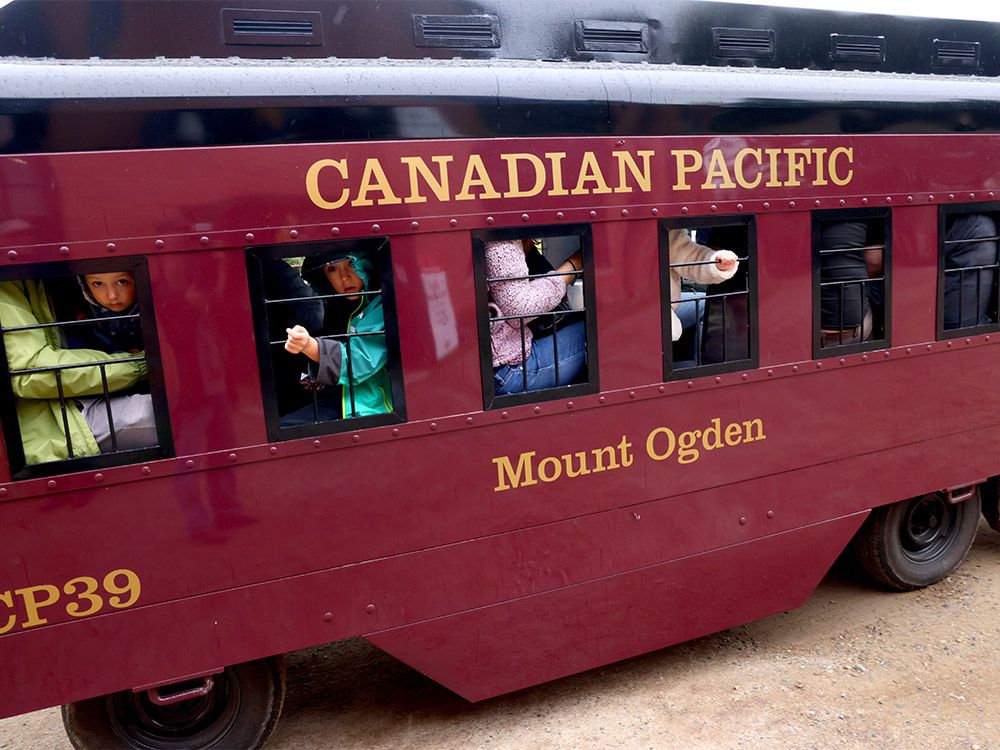Unions preparing to ‘fight’ as Canada sees the most strike action in decades

Canada Faces Rising Number of Strikes Amid Tariffs and Affordability Crisis
Canada is currently experiencing a surge in strikes, with unions warning of more action to come as tariffs and the affordability crisis continue to impact workers across the country. Labour leaders are gearing up for potential battles with the federal government, which has repeatedly intervened to end strikes and send workers back to their jobs.
Alisha Kang, president of the Union of National Employees, stated, “We’re preparing for the fight that’s ahead. The movement is done with lip service.” The tension between unions and the government reached a new level when Air Canada’s flight attendants defied Ottawa’s back-to-work order, risking fines and jail time. However, a deal was reached the following day.
Prime Minister Mark Carney, who campaigned on supporting Canadian jobs, has faced criticism from union leaders for not adequately protecting workers. Kiavash Najafi of the Canadian Labour Congress noted a growing willingness among workers to support strike votes due to job losses from the trade war, difficulties finding work, and increasing living costs.
According to Statistics Canada, the number of days not worked due to labour disputes in 2023 was the highest since 1986. The federal government has resorted to using Section 107 of the Canada Labour Code to intervene in major labour disputes, drawing backlash from unions who see it as a violation of the right to strike. Unions have taken Ottawa to court over the government’s use of these powers.
Barry Eidlin, a labour expert at McGill University, pointed to a sharp increase in labour mobilization and strikes in recent years. He attributed this to declining job quality, rising living costs, and a tight labour market exacerbated by the pandemic. Despite the economic impact of the trade war, Eidlin believes that the momentum for labour action remains strong.
The defiance of the back-to-work order by Air Canada flight attendants serves as a symbol of workers pushing back against government intervention and demanding better conditions. As tensions between unions and the government continue to rise, Canada faces a challenging labour landscape with more strikes on the horizon. The recent decision by Jobs Minister Patty Hajdu to order binding arbitration between Air Canada and its union has sparked debate and discussion about the role of unions in Canada. This move could potentially set a new precedent for other unions to continue to fight for their rights, but it also raises questions about the federal government’s involvement in labor disputes.
Hajdu defended her decision to intervene in the Air Canada strike, citing the high cost that Canadians have paid during previous strikes. She emphasized the government’s efforts to support unions, such as repealing Harper-era legislation and updating the Labor Code to ensure workers’ rights are protected. The ban on the use of replacement workers during a strike was also highlighted as a significant policy change brought in as a result of pressure from the NDP.
However, the weakening of the NDP, traditionally seen as the voice of labor on Parliament Hill, has raised concerns about the lack of representation for workers in government. With only seven MPs remaining after the last election, the NDP is facing challenges in advocating for labor rights in the current political landscape.
Despite these challenges, there is a willingness among workers to collaborate with the government to address issues affecting the labor force. The focus is on supporting the government in its efforts to protect workers’ rights and combat external threats, such as those posed by the Trump administration.
Overall, the debate surrounding the Air Canada strike and the government’s intervention highlights the complex relationship between unions, the government, and workers’ rights in Canada. As discussions continue, it will be crucial to find a balance that ensures fair treatment for workers while also promoting economic stability and growth.




